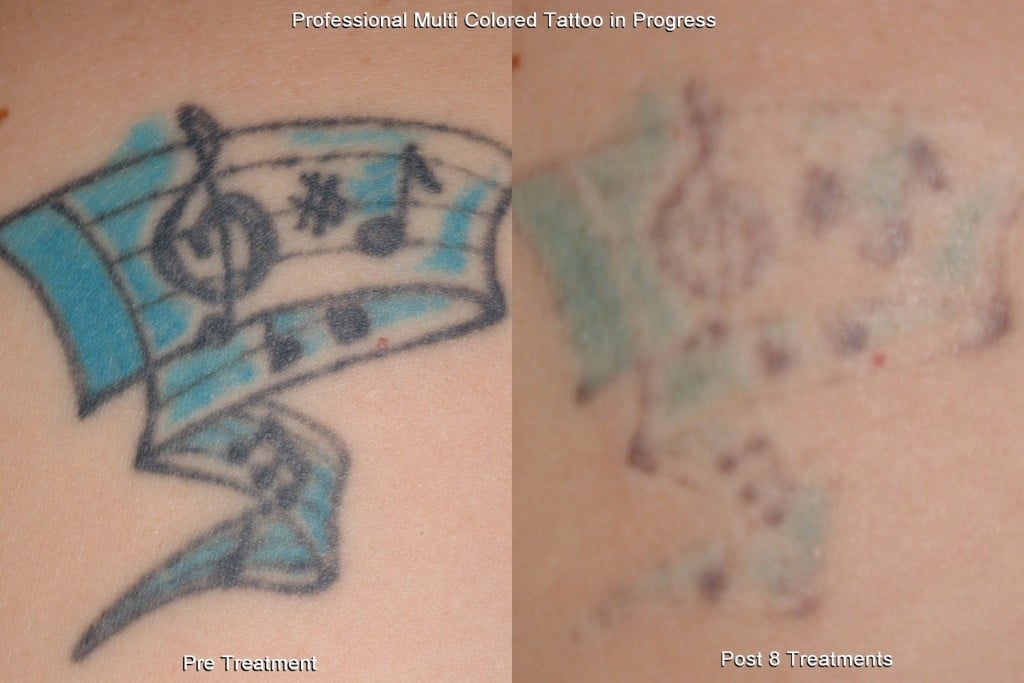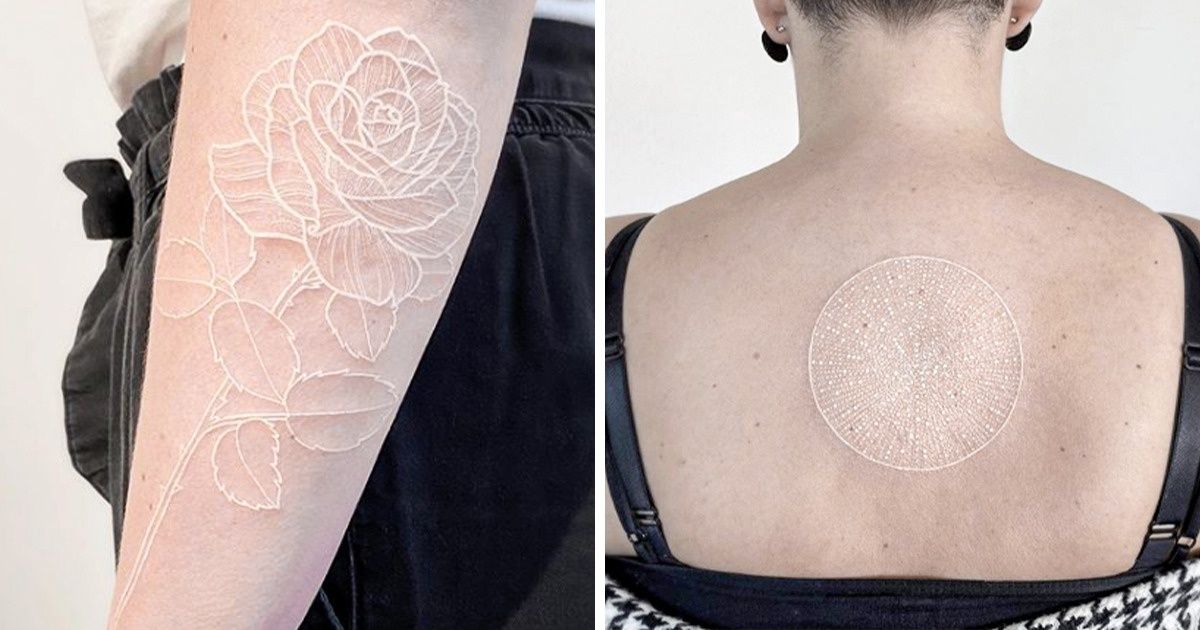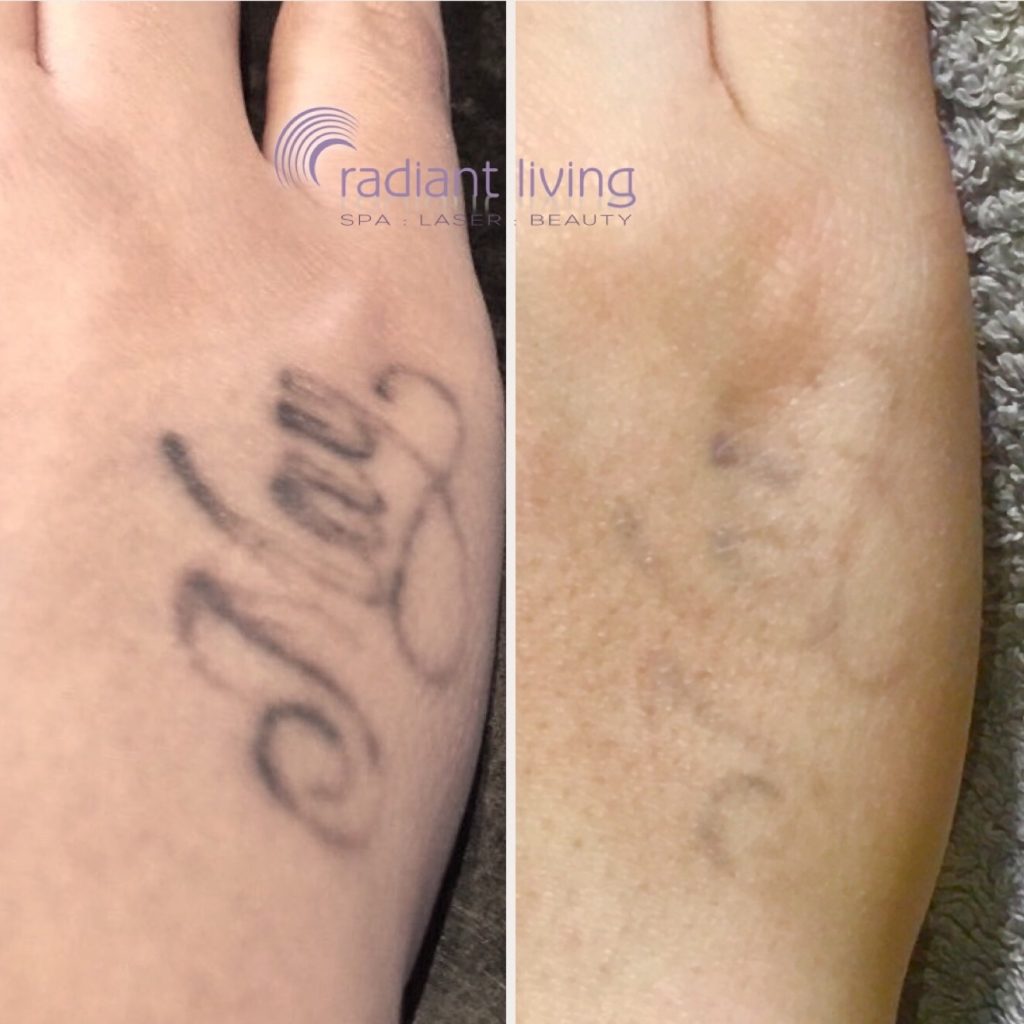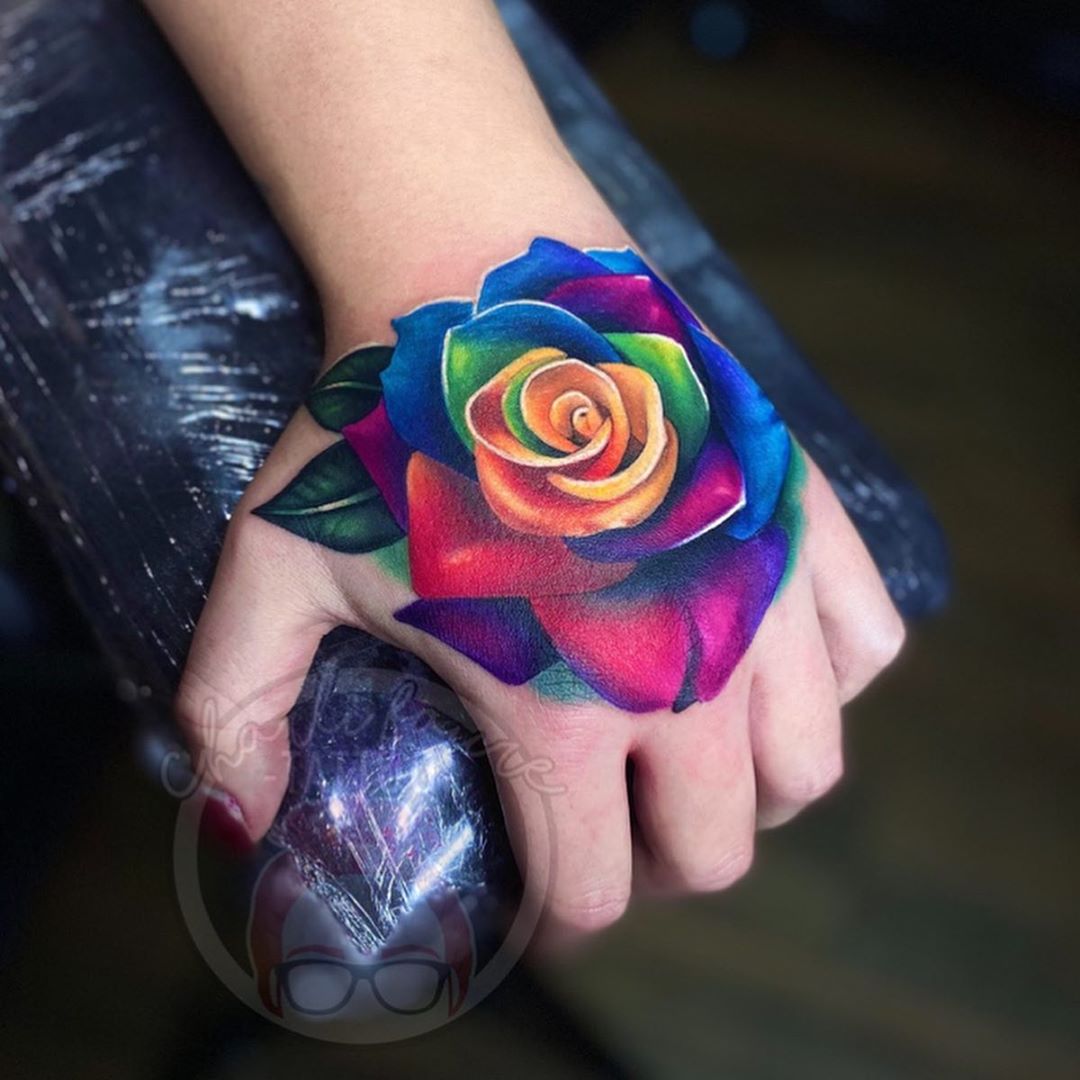
Okay, so you’re thinking about a sunflower tattoo.
And you want to make it POP with neon ink, huh?
I get it.
Sunflowers are awesome.
Neon is awesome.
But how do you actually make those two work together?
What neon colors will actually make your sunflower tattoo shine?
Let’s dive into figuring out the best neon ink colors for a sunflower tattoo.
Choosing the Right Neon Hue for Your Sunflower
Okay, first things first.
Neon inks are tricky.
They fade faster than traditional inks.
They can react differently on different skin tones.
And some artists just aren’t experienced with them.
So, choosing the right colors is super important.
We’re talking longevity, visibility, and overall impact.
The Classic Choice: Neon Yellows and Oranges
Let’s start with the obvious.
Sunflowers are yellow.
So, a vibrant neon yellow seems like a no-brainer, right?
- Neon Yellow: Think highlighter yellow. This looks amazing on fair skin. It really jumps out. But be warned, it can sometimes look a little muddy on darker skin tones.
- Neon Orange: A slightly safer bet. It complements a wider range of skin tones. It also adds a bit more warmth to the design.
- Neon Yellow-Orange Mix: This is where it gets interesting. Mixing a touch of neon orange into your neon yellow can create a more dynamic and realistic sunflower petal effect.
I had a friend, Sarah, who got a small sunflower tattoo on her wrist using primarily neon yellow.
It looked incredible for about a year.
Then it started to fade.
She ended up getting it touched up with more traditional yellow inks to keep it looking fresh.
Lesson learned: Neon needs maintenance!
Thinking Outside the Box: Unexpected Neon Accents
Want to be a little different?
Try using neon accents.
It’s a subtle way to incorporate the neon trend without going overboard.
- Neon Green: For the leaves and stem. A bright neon green can create a cool contrast with the yellow petals.
- Neon Pink/Magenta: Around the edges of the petals. This adds a touch of whimsy and femininity.
- Neon Blue: As an outline or a subtle background effect. This can create a really striking visual.
Imagine a sunflower with neon yellow petals and a faint neon blue aura around it.
Pretty rad, right?
Skin Tone Considerations: The Key to Success
This is HUGE.
What looks amazing on one person might not work on another.
- Fair Skin: You can usually pull off brighter, more intense neon colors. Think neon yellow, hot pink, and electric blue.
- Medium Skin: Neon oranges, greens, and purples tend to look great. They provide a nice contrast without being too overwhelming.
- Dark Skin: Consider neon colors with a higher pigment concentration. Neon greens, blues, and even some oranges can pop beautifully. But avoid super light neon yellows, as they might get lost.
Always, always, always consult with your tattoo artist about what colors will work best with your skin tone.
They’re the experts!
Aftercare is Crucial: Protecting Your Investment
Neon inks are more susceptible to fading.
Proper aftercare is essential.
- Sunscreen: This is your best friend. Apply a high SPF sunscreen to your tattoo every day, especially when it’s exposed to the sun.
- Moisturize: Keep your tattoo hydrated to prevent the ink from drying out and fading.
- Avoid Excessive Sun Exposure: Prolonged sun exposure is the enemy. Cover up your tattoo whenever possible.
Finding the Right Artist: Experience Matters
Not all tattoo artists are comfortable working with neon inks.
Do your research.
Look for an artist who has experience with neon colors and a portfolio that showcases their work.
Ask questions!
Don’t be afraid to ask about their experience with neon inks, their preferred brands, and their aftercare recommendations.
What are the Best Neon Ink Colors for a Sunflower Tattoo? (Recap!)
Ultimately, the best neon ink colors for your sunflower tattoo depend on your personal preferences, your skin tone, and your artist’s expertise.
But hopefully, this gives you a solid starting point.
Remember to prioritize longevity, visibility, and proper aftercare.
Now go get that awesome neon sunflower!
FAQ About Neon Sunflower Tattoos
- Do neon tattoos glow in the dark? Nope. Neon inks are bright under normal light, but they don’t glow in the dark unless they are specifically UV reactive (blacklight reactive).
- Are neon inks safe? Reputable brands of neon inks are generally considered safe, but allergic reactions are always possible. Do a patch test before getting a large tattoo.
- How much more expensive are neon tattoos? Neon inks can sometimes be more expensive than traditional inks. The cost also depends on the artist and the size of the tattoo.
- How long do neon tattoos last? Neon tattoos tend to fade faster than traditional tattoos. With proper aftercare, they can last for several years, but touch-ups will likely be needed.
- Can I combine neon and traditional inks? Absolutely! Combining neon and traditional inks can create a really interesting and dynamic effect.
- Are there any specific brands of neon ink you recommend? Always ask your artist what brands they prefer and trust. Reputable brands include Eternal Ink, Dynamic Color, and Millennium Moms.
Remember, choosing the best neon ink colors for a sunflower tattoo is a personal journey.




















